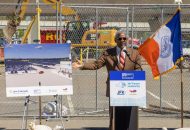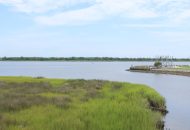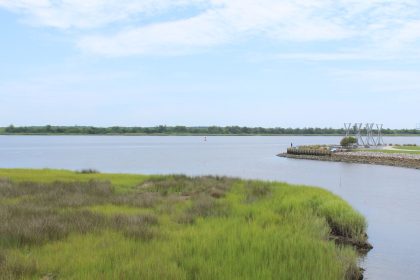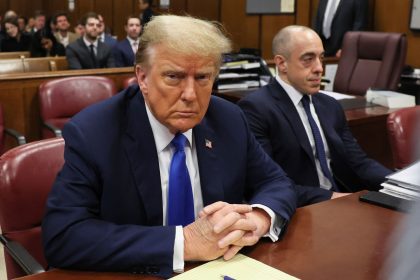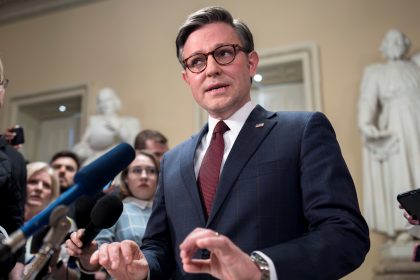Build Back Better Act’s Benefits Disputed by House Environmentalists
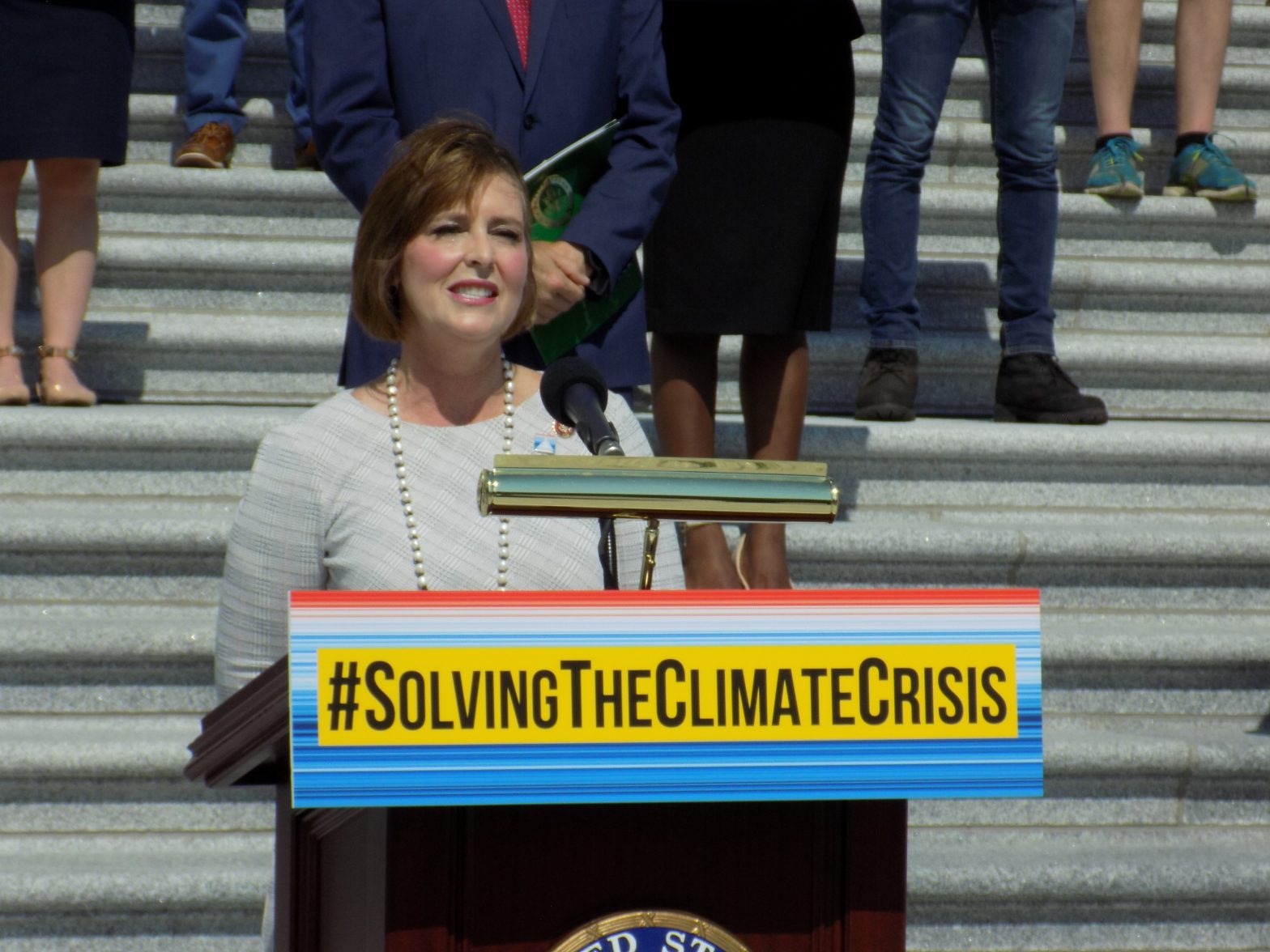
WASHINGTON — With little doubt some version of the Build Back Better Act will win final approval within days, on Thursday a congressional panel discussed how to get the greatest environmental benefit from it.
Democrats said that after the infrastructure for more renewable energy is installed, the plan would reduce energy costs, create jobs and cut greenhouse gas emissions significantly.
Republicans called the plan unrealistic, saying it would bring steeper taxes for consumers and higher expenses for businesses.
Much of the discussion during the House Select Committee on the Climate Crisis hearing swung back and forth between supporters saying it is a wise investment but critics saying it isn’t.
“We will lower prices for families and businesses alike,” said Rep. Kathy Castor, D-Fla., chairwoman of the House Select Committee on the Climate Crisis.
She said the now $2.2 trillion bill to address global warming and social policy issues would “unleash incredible economic benefits.”
The House approved the bill by seven votes on Nov. 19. Senate leaders say they expect to vote next week on the bill.
A trimmed down version of it has enough commitments from senators to pass by a narrow margin. President Joe Biden proposed it early this year as a $3.5 trillion plan.
Castor mentioned the example of electric vehicles as a benefit. The Biden administration wants to install a half-million charging stations nationwide to convert electric vehicles from a luxury to a practical means of transportation.
She said electric vehicle owners would save more than $10,000 over the life of an automobile compared with gasoline-powered cars because of cheaper costs of electricity.
In addition, when the cost of electrical generation is included, electric vehicles produce about one-third of the greenhouse gas carbon dioxide compared with combustion engine automobiles.
Energy and climate change provisions make up $555 billion of the spending in the revised Build Back Better Act. Most of it would consist of converting to renewable energy, such as from solar panels, wind generators and electric vehicles.
The plan calls for slowly phasing out coal, natural gas and oil as energy sources, which drew criticism from Republicans at the House hearing.
“These policies don’t make sense, they don’t add up,” said Rep. Garret Graves, R-La. “All it’s doing is exporting jobs and increasing the price of energy.”
He described the Build Back Better Act as an unworkable government intervention on business and the economy.
“The same bill increases the regulatory burden,” he said.
Uday Varadarajan, a Stanford University professor and renewable energy advocate, disputed whether the coal, gas and oil industries offer better energy options for consumers.
This winter, “More than half of American households could see energy costs rise 30% or more,” Varadarajan said. Most of the homes are heated by natural gas.
Solar arrays in Arizona and wind generators in wind-swept parts of the Midwest make the alternative energy systems more practical in the United States than nearly anywhere else in the world, he said.
“The Build Back Better Act’s going to pay for itself, ultimately,” he said.
Provisions of Biden’s plan would raise revenue to pay for it through tougher Internal Revenue Service enforcement, a 15% minimum tax on foreign corporate profits, closing a Medicare tax loophole benefiting the wealthy and an adjusted gross income surcharge for the nation’s highest income earners.
The bigger government role envisioned in the plan for private citizens and businesses drew resentment from Alex Herrgott, president of the Permitting Institute. His trade association advocates for reducing burdens of the infrastructure permitting process.
“To build back better, we must first be able to build,” he said.
Extensive and sometimes contradictory regulations, followed by delays in winning permits, mean infrastructure improvements under Biden’s plan could be difficult and expensive, he said. Regulations add 20% to 30% to the cost of projects.
“These costs are ultimately passed on to the public in terms of higher taxes and energy bills,” Herrgott said.
Some of the business disputes are likely to result in lawsuits, where judges rather than project managers could influence how infrastructure is built, he said.
“We’re going to have courts making science-based decisions,” Herrgott said.
Tom can be reached at [email protected]












